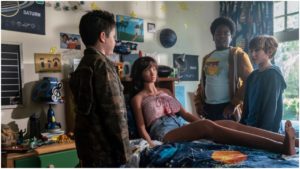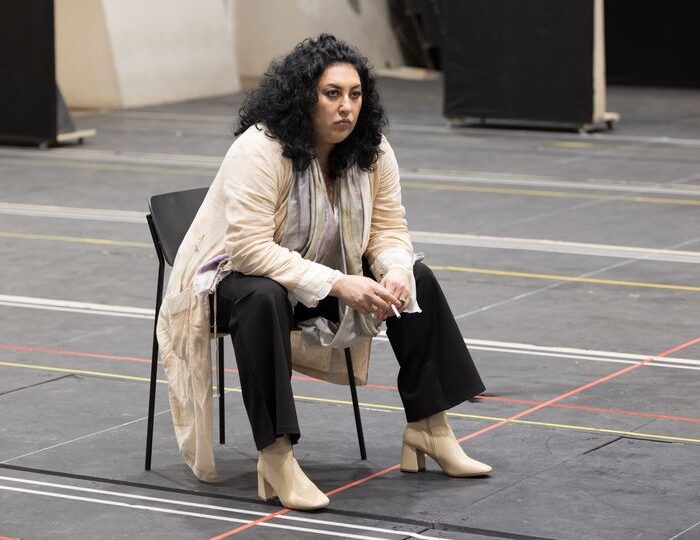
Opera Meets Film: How ‘Good Boys’ Uses ‘Lakmé’s’ Famous Duet For Comic Effect
By David Salazar(Ed Araquel/Universal Pictures via AP)
“Opera Meets Film” is a feature dedicated to exploring the way that opera has been employed in cinema. We will select a section or a film in its entirety, highlighting the impact that utilizing the operatic form or sections from an opera can alter our perception of a film that we are viewing. This week’s installment features “Good Boys.”
We live in the era of the man-child comedy, explored through such films as “Knocked Up,” “Neighbors,” “Super Bad,” and “Pineapple Express,” among others. “Good Boys,” despite not featuring Seth Rogen undeniably features the trademark often associated with his films, but with tweens instead. As such, the film explores sexual maturation and other related themes through the eyes of a bunch of dorky kids undergoing the challenges of pre-adolescence.
Which brings us to our touchstone opera moment. Context here is more than just the scene, especially given the fact that the piece selected is none other than the Flower duet from “Lakmé.” To call this piece a cliché in pop culture is possibly an understatement. It’s been used in airline commercials and other movies, just to name a few of its uses in the mainstream media. As such, it becomes representative of opera to many unknowing listeners. Their association with it in, say, an airline commercial might emphasize a sense of the beauty, comfort, something ethereal and theatrical. Audiences enter films with that baggage and the filmmakers, privy to this, know that it is essential for the musical cue to work for the joke they have planned.
Why? Because the joke revolves around the young boys, Max, Lucas, and Thor, trying to learn how to kiss with a large doll. At one point, Max gets ready to kiss the doll, but Lucas stops him and tells him that he needs to ask for consent. In a world where the #MeToo movement is placing emphasis on issues of respect from men toward women, the scene is doubly poignant for how it serves as a moment of reflection for children as they grow. But of course, it still reads as a bit of an awkward and uncomfortable scene, especially because it is happening with an inanimate object. On some level, audiences might feel disturbed by the visual of seeing a child kissing a fake doll, funny as the intent might be.
Cue “Lakmé” and suddenly the purity of the music not only emphasizes the innocence of the children’s actions, but also makes everyone laugh in the process. Comedy works best when the unexpected turns up seamlessly. The emotional dissonance only ramps up as a result of the associations that audiences might have with the piece as is, adding to the sense of hilarity. An operagoer, for example, will instant recognize the piece, its actual significance and feel that it has no coherence with the scene unfolding; it just feels awkward. But another person who might associate it with the airline commercial, will immediately jump to that association, with the resulting clash of contexts creating the laughter. Still more, anyone who has never heard the piece (which is likely a rare few), would still find the idea of opera in the context of this scene strange and inappropriate, which also enhances the intended ridicule the filmmakers want viewers to feel and take away.
Other similar associations in comedies include other previously discussed examples such as The Ride of the Valkyries in “Crazy Rich Asians” and “La Traviata” in “Booksmart.”


